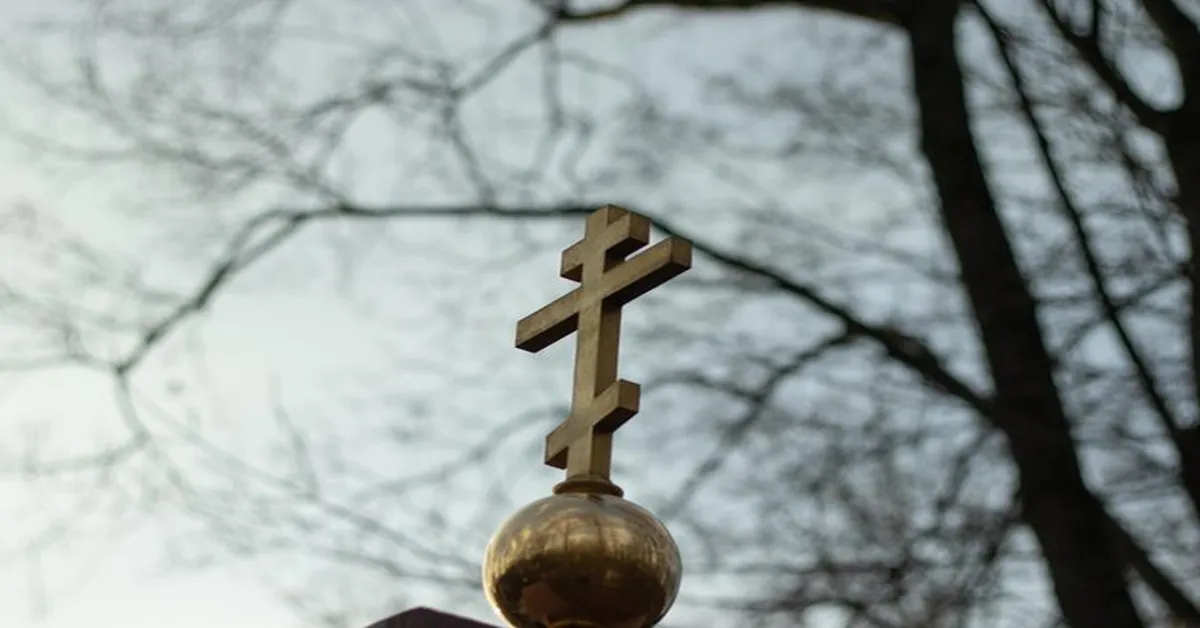The Jerusalem Cross is one of the most recognizable Christian symbols, rich in history and deep in meaning. Also known as the “Crusader’s Cross,” this emblem has been associated with faith, pilgrimage, and religious identity for centuries. Whether worn as jewelry, carved into churches, or displayed on banners, the Jerusalem Cross continues to be a powerful representation of Christianity. This article explores its origins, symbolism, historical context, and its role in modern faith and culture.
What is the Jerusalem Cross?
The Jerusalem Cross consists of a large central cross surrounded by four smaller crosses. Its design has been interpreted in multiple ways, but most commonly, it is seen as a representation of Jesus Christ and the four Gospels—Matthew, Mark, Luke, and John. Another interpretation links it to the five wounds of Christ during the Crucifixion.
The Origins and History of the Jerusalem Cross
The origins of the Jerusalem Cross date back to the 11th century, during the time of the Crusades. It was adopted as the emblem of the Kingdom of Jerusalem, a Christian state established in the Holy Land following the First Crusade (1096-1099). European knights who fought to reclaim the Holy Land often bore this symbol on their shields, banners, and armor.
The Crusades and the Kingdom of Jerusalem
The First Crusade, launched in response to Pope Urban II’s call for Christians to reclaim the Holy Land from Muslim rule, resulted in the establishment of the Kingdom of Jerusalem. The Jerusalem Cross became the official emblem of the kingdom, signifying Christian authority and devotion.
Papal Endorsement
Pope Innocent III and other religious figures endorsed the use of the Jerusalem Cross, associating it with Christian unity and missionary work. The cross was prominently displayed in European churches and cathedrals, reinforcing its sacred significance.
Symbolism and Meaning of the Jerusalem Cross
The Cross is deeply symbolic and has multiple interpretations:
- Christian Faith and Evangelism – The central cross represents Jesus Christ, while the four smaller crosses symbolize the Gospels spreading to the four corners of the earth.
- The Five Wounds of Christ – The large cross represents Christ’s body, and the four smaller crosses signify the wounds in His hands and feet.
- The Four Evangelists – Each of the smaller crosses represents the authors of the Gospels: Matthew, Mark, Luke, and John.
- Pilgrimage and Devotion – The Cross is often worn by Christian pilgrims traveling to the Holy Land, symbolizing their spiritual journey.
The Jerusalem Cross in Modern Times
Although its origins are rooted in the Crusades, the Jerusalem Cross continues to hold religious and cultural significance today. It is commonly found in:
Religious Jewelry and Artifacts
Many Christians wear the Cross as a pendant or incorporate it into their prayer beads, symbolizing their faith and connection to the Holy Land. Churches and religious organizations use it in their artwork, vestments, and ceremonial objects.
Christian Pilgrimage
Visitors to the Holy Land often purchase souvenirs featuring the Cross as a reminder of their spiritual journey. Many churches and monasteries in Jerusalem display this emblem prominently.
Heraldry and Christian Organizations
The Jerusalem Cross is still used in various religious orders, including the Equestrian Order of the Holy Sepulchre, a Catholic organization dedicated to supporting Christians in the Holy Land.
Variations of the Jerusalem Cross
Over time, different styles of the Cross have emerged, each with unique designs and cultural influences:
- Traditional Crusader’s Cross – A symmetrical design with a bold, square shape.
- Rounded or Ornate Variations – Some versions include decorative elements like floral patterns or additional embellishments.
- Modern Christian Logos – Contemporary Christian organizations have adapted the Jerusalem Cross for branding and religious outreach efforts.
The Jerusalem Cross in Popular Culture
Beyond its religious significance, the Cross has been used in various contexts:
- Fashion and Accessories – High-end designers incorporate it into clothing and jewelry.
- Tattoos – Many Christians and travelers to the Holy Land get the Jerusalem Cross tattooed as a mark of their faith.
- Flags and Emblems – Some Christian groups use the cross in their banners and flags.
Conclusion
The Cross is more than just a symbol—it is a testament to Christian faith, history, and devotion. From its origins in the Crusades to its presence in modern fashion and religious practices, this emblem remains a powerful representation of Christianity. Whether you wear it as a pendant, admire its historical significance, or use it as a spiritual reminder, the Jerusalem Cross continues to inspire believers worldwide.
Frequently Asked Questions (FAQs)
Q: Is the Jerusalem Cross only for Christians?
A: While the Cross is a Christian symbol, it is widely recognized in historical and cultural contexts beyond religious use.
Q: Can anyone wear the Cross?
A: Yes, people of all backgrounds wear it as a sign of faith, heritage, or admiration for its historical significance.
Q: Where can I buy an authentic Jerusalem Cross?
A: Many religious shops, online stores, and souvenir vendors in the Holy Land sell Jerusalem Cross jewelry and artifacts.









